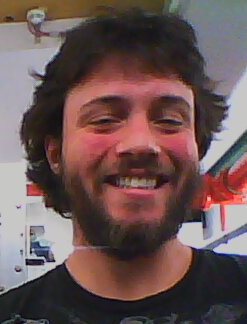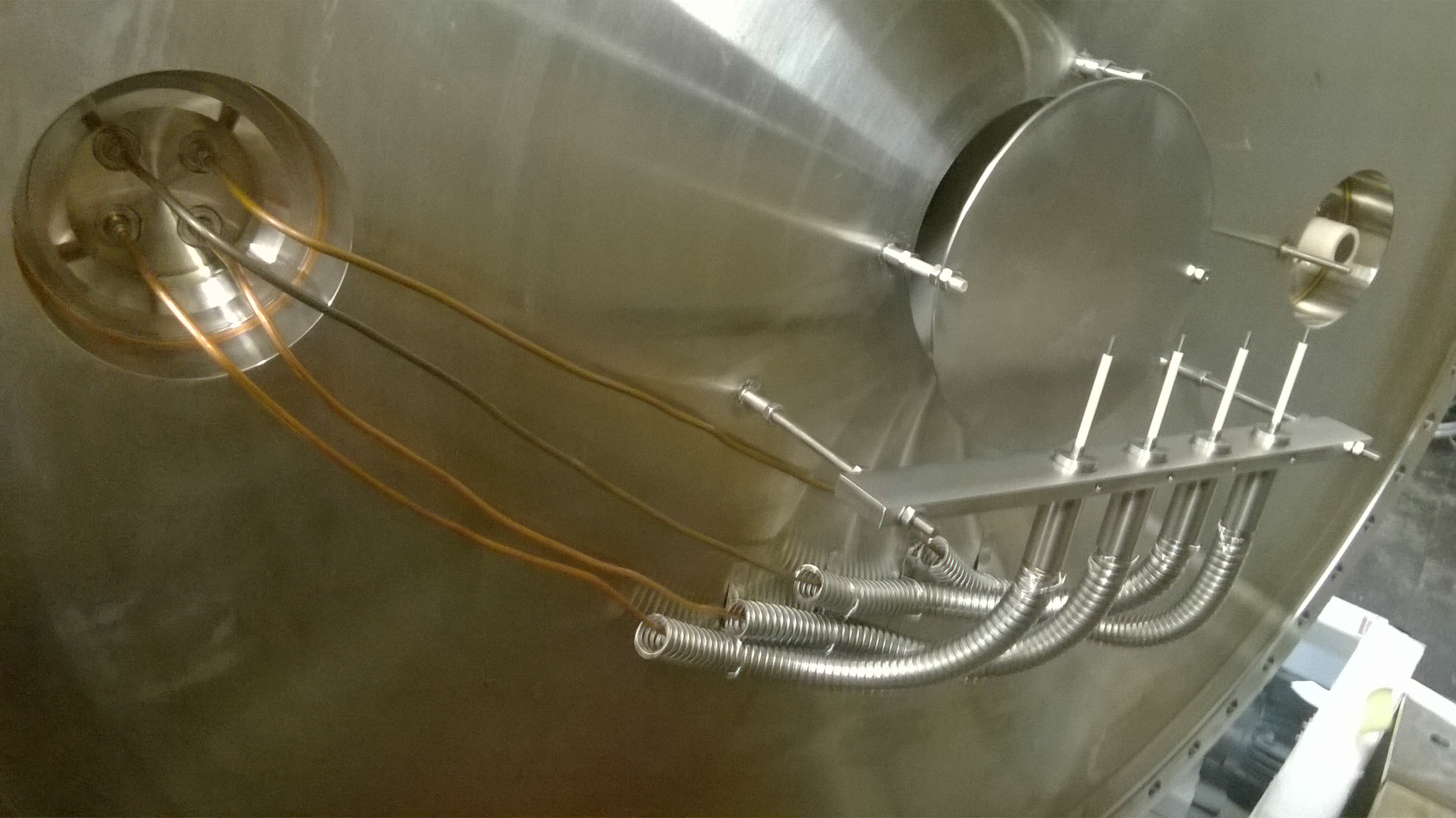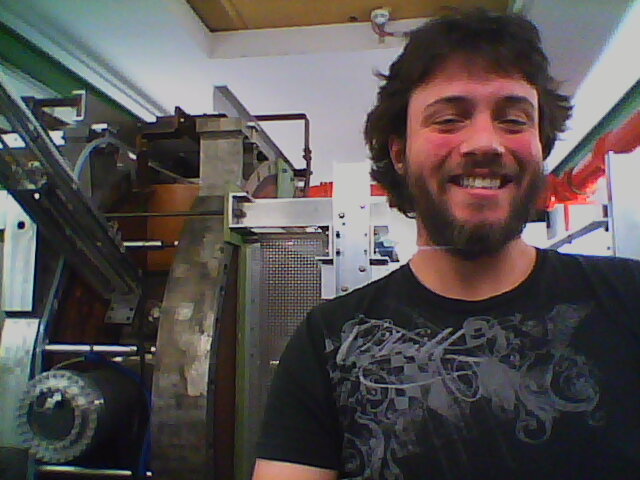Master's Thesis at the Max Planck Institute - Garching, Germany
Report by Joel Moreno. Powered by FuseNet
 The project for my masters thesis, Probe Measurements with a Multi-Pin System in an ICRF Plasma Device, required travel from my current university in Belgium to Germany, at the Institute of Plasma Physics (IPP) in Garching. Since my program is mobile, meaning I attend two universities in two years alongwith research training modules in Prague and France, I figured one more country in my European tour would expand on my international experience even more. I had the opportunity to take German classes and immerse myself in Bavarian culture and cuisine.
The project for my masters thesis, Probe Measurements with a Multi-Pin System in an ICRF Plasma Device, required travel from my current university in Belgium to Germany, at the Institute of Plasma Physics (IPP) in Garching. Since my program is mobile, meaning I attend two universities in two years alongwith research training modules in Prague and France, I figured one more country in my European tour would expand on my international experience even more. I had the opportunity to take German classes and immerse myself in Bavarian culture and cuisine.
Cultural aspects aside, I chose this project because it was one of few that offered a more engineering oriented approach. I began in September, earlier than most in my program, by testing inductors for use in compensation circuitry for electrostatic Langmuir probes. I would go on to help with their construction and assembly, cutting the Alumina shielding and Molybdenum tips and working with the technicians to fabricate the metal holder and ceramic insulation. After so much theoretical work, it was a welcome change of pace to engage in the hands-on process of plasma diagnostics.
When I arrived at the IPP in Garching, I quickly got to work learning the ins and outs of the facility. The Ion-cyclotron Sheath Test Arrangement, or IShTAR, is a medium sized testbed dedicated to studying tokamak edge-like conditions. It is fitted with a helicon plasma source, an ICRH antenna and offers spectroscopy, Bdot probes, and Langmuir probe diagnostics. It had recently undergone structural modifications, realigning the small chamber to the big and an added small magnetic field coil, so my first tasks included measuring the axial magnetic field in the new configuration. Furthermore, the entire facility and data acquisition system needed to be tested for consistent grounding, a task that took several weeks to properly configure. I eventually learned how to start up and fire discharges for experiments, which admittedly was a thrilling opportunity to implement the hours of studying plasma physics I had done.

The array of cylindrical Langmuir probes to which Joel contributed
Analyzing the data was a challenging but rewarding culmination of electrostatic probe theory, programming savvy and signal processing. I had little experience with these skills to begin with, but after a lot of late nights and enough coffee for Napoleons army, I have left IPP with a solid understanding and competency that I can use in future projects. I improved the signal to noise ratio through the data processing algorithm, leading to more accurate results and learned to navigate Python and Pandas data frame construct with much greater ease. With this improved algorithm, I was able to generate radial profile plots of the electron density, temperature and floating potential. These spatial plots are important for characterizing the plasma in front of the ICRF antenna, which needs to be highly accurate in order tostudy wave/plasma coupling and optimization. I also generated parameterized plots of the plasma parameters mentioned with respect to operating conditions like injected power, pressure and magnetic field strength. The intention is to be able to replicate tokamak edge-like plasma, with high density and a relatively uniform, homogeneous profile. We found peculiar behavior in the density profile with regard to the magnetic field strength. The configuration of the plasma, essentially a magnetic bottle with two conducting ends, is no textbook configuration. It is clear that a helicon plasma source is rather complex and will require more diagnostics and further investigation before its wave properties are fully understood and optimized for use in investigating ICRF antenna interaction.
However, perhaps the most important thing I learned was the process of performing research at a major facility. The troubleshooting stage always seems to take twice as long, and by far the most important skill to exercise is patience. I was fortunate to work alongside dedicated researchers who always offered help when asked and who aided my progress all the while. This has been a phenomenal experience and I feel very fortunate for this opportunity for practical application of my studies, an experience largely made possible by the funding I received from Fusenet.

